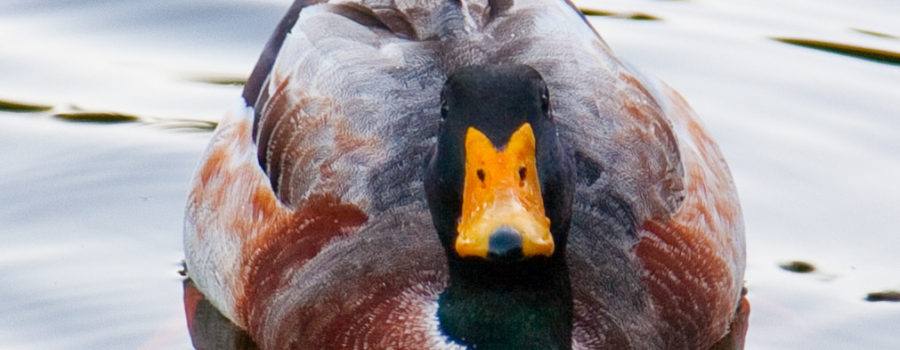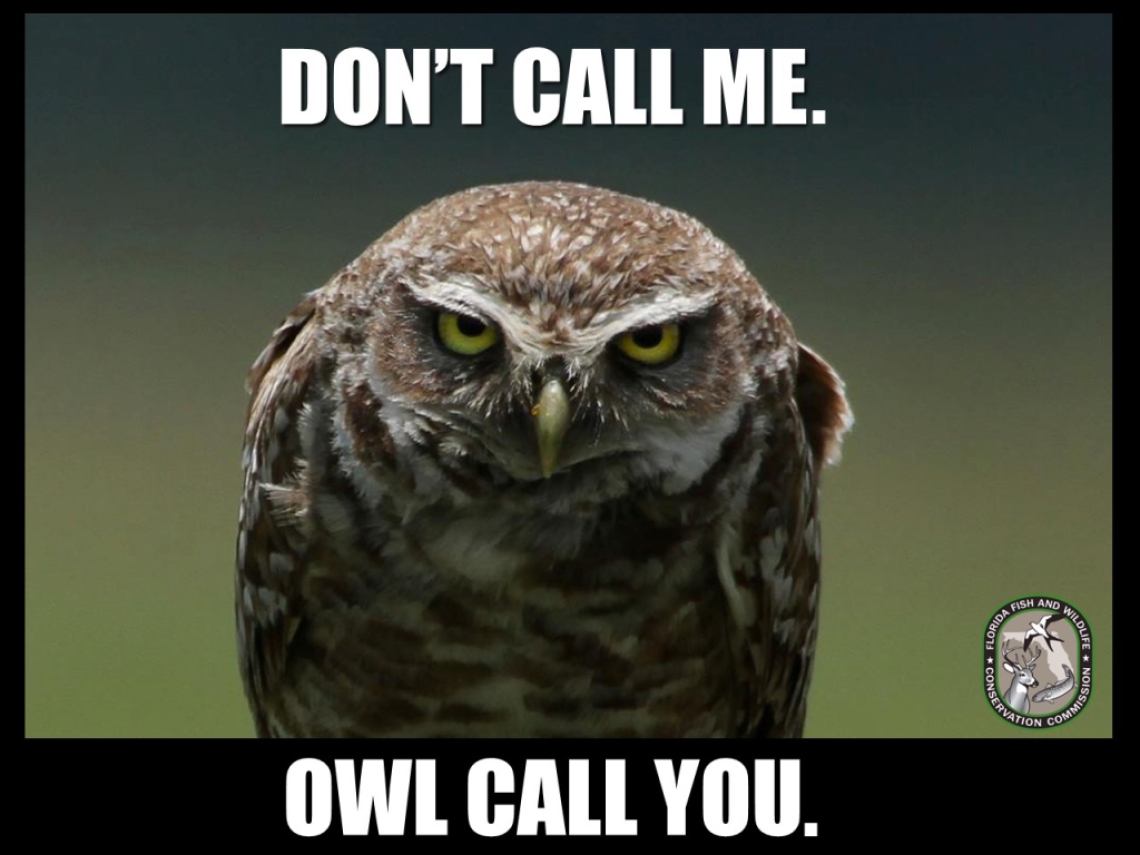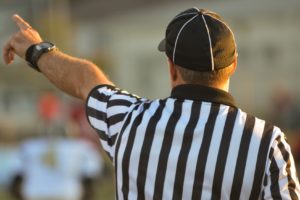In the past, I have played it safe when it comes to finding and reusing openly-licensed content in materials I create. There are six Creative Commons licences, and because I didn’t want to think about how the “Share Alike” and “No Derivatives” variants would affect my ability to use the material, I would always look for public domain or “Attribution”-only works to use as reference or source material. I think of these as the “very-open” licences because they have the least restrictions for use.
It is true that selecting “very-open” material gives me more flexibility over the open licence I can apply to my own derivative works. It’s also true that relying on “very open” licences makes it easier for other people to reuse and remix my material flexibly. However, adhering to the rule of using only very-open material for OER creation side-steps some questions that, it turns out, aren’t as challenging as I once believed.
When we develop Open Educational Resources (OER), we often think of how David Wiley’s 5 Rs define what makes an OER truly open: retain, reuse, revise, remix, and redistribute. In general, I am not creating an OER if I do not allow other people to remix or revise my material. Therefore it’s generally agreed that materials created under “No Derivatives” (ND) are not OER.
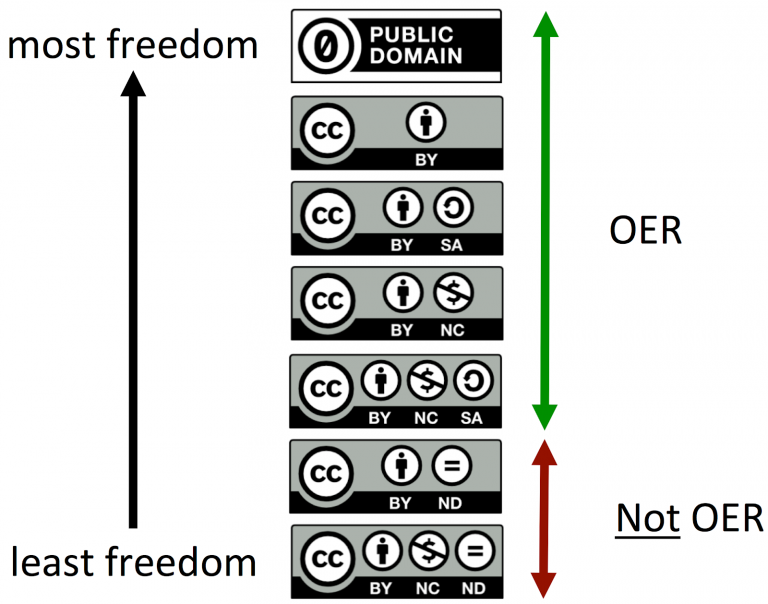
This image, by Cable Green, is made available under a Creative Commons Attribution 4.0 License
But does that mean I shouldn’t use “ND” material at all? When I am looking for content to include as part of my own materials, evaluating it based on two of the 5 Rs feels clear: I should be able to make and keep copies of the material (retain), and I should be able to share them with others (redistribute). The third R, reuse, also feels straightforward: as long as there’s a Creative Commons licence on material I find, I can always use it (provided I also respect a creator’s wish to limit commercial use).
Things get a little more thorny when we talk about revise and remix, though, since “No Derivatives” feels like it conflicts with those two Rs. After all, when do the changes I make to someone else’s content count as revision, and when do they become a remix? And how does all of this affect the openly-licensed material I choose to work with? Most importantly: since people who license their materials as “No Derivatives” are indicating that they do not want their work adapted, should I just steer clear from including “No Derivatives” materials in my own work? You may be surprised to hear that the answer is a qualified “no.”
Revisions, Adaptations, and Remixes: Oh My!
The key to understanding “No Derivatives” is knowing what counts as an adaptation. In most jurisdictions, copyright law requires some some imagination or creativity in the expression of an idea in order to qualify for copyright protection. If I correct some typos in a Word document, I might consider the newly-saved version of the file a revision since it’s technically different from the previous version. However, since I didn’t actually add any of my own ideas or creativity to the updated document, it’s not an adaptation that might qualify for its own copyright protection. The same logic might apply if, for example, I merely convert an image from a PNG format to a JPG format without altering it. In the example below, I’ve merely made a grammatical correction to an image licensed under CC BY-ND. This does not meet the bar of adding creativity to the original image; as a result, my updated version does not qualify as an adaptation/derivative.
It follows, then, that I am only violating the terms of a No Derivatives licence if the work I’m using is actually adapted in some way.
A remix, by contrast, is created when I combine two or more works in order to create something new. The result may or may not have a resemblance to the original. In the gallery below, I have taken two images from Flickr (both available under a Creative Commons Attribution 2.0 License) and used them to create an image of a soccer player standing up to a very large duck.

“Meme di Balotelli” by Nazionale Calcio is available under CC BY 2.0 
“Wild Duck 2” by Ursula Donner is available under CC BY 2.0. 
This image by Kris Joseph is derived from the previous two, and is available under CC BY 4.0.
For Creative Commons materials, I can remix works freely as long as my use of the works complies with the terms of the licences on the source materials: for example, they may require attribution (the Attribution or BY element of Creative Commons licences), or they may require me to release my adaption under a compatible license (the Share Alike or SA element).
Figuring out which licences you can mix together can be a challenge, so a chart like the one below can help. Look up the licence of the first work you want to remix on the left hand side, and then read across until you find the licence of the second work. If you see a green check mark, you can mix the two works together. Even in cases where you are combining several works together, the chart can help you identify whether or not you’re going to hit a road block (or maybe a giant duck).

The Creative Commons License Compatibility Chart, by Creative Commons, is made available under a Creative Commons Attribution 4.0 License.
Of course, creating adaptations from licensed works may place some restrictions on how you apply a licence to the resulting work. In the chart below, green boxes represent compatible licences and grey boxes represent non-compatible ones. The yellow boxes represent licenses that are not recommended unless you are careful to note that your material contains adaptations of works that were provided under different terms that may restrict further use.
Using my soccer-player-versus-duck example from above, you can see that my use of two images licensed under CC BY means I can apply several possible licences to my remix: BY, BY-NC, BY-NC-ND, BY-NC-SA, BY-ND or BY-SA.

The Adapter’s License Chart, from Creative Commons, is made available under a Creative Commons Attribution 4.0 License.
The examples above show how it is possible to reuse No Derivatives works “as is” (or to make minor, non-creative revisions to them), and how you can remix two or more works to create something new that also respects the terms of the original licences. My Open Educational Resource on how to cope with giant ducks who invade sporting events has a very bright future.
You CAN include “No Derivatives” materials in your own works*
*sometimes
There are still circumstances under which you can include a No Derivatives (ND) work in materials you create. Since ND-licensed materials cannot be adapted, you can include them “as is” in a collection of materials. In the context of Open Educational Resources, here are some examples — this is not an exhaustive list:
- Creating a collection of existing worksheets into a package of exercises for students
- Building a unit plan for a course that contains individual lesson plans, worksheets, or other resources from other people
- Including an existing essay, academic paper, or other written work into a collection of material
- Featuring existing, openly-licensed works in a gallery of images that share a common topic or theme
As long as you respect the terms of the licence (meaning that you provide attribution and respect the creators’ licence terms related to commercial, derivative, and share-alike behaviours), you can use these works. You can apply a Creative Commons licence to your new collection, too, but the licence only applies to your unique contributions — the specific arrangement of works, or any other original material you have added (e.g. an introduction, a set of annotations or comments, etc.) Providing a proper citation for each the works used in your collection is required, and it helps others understand that the works appearing in your collection are created under different terms that must also be respected by future users.
To demonstrate this in action, I have created a gallery of images of ducks in the water. This carefully-curated collection of images is composed entirely of photos licensed under Creative Commons Attribution-No Derivatives 2.0.

“DUCKS!” by Jimi_Shuffler is licensed under CC BY-ND 2.0 
“Duck” by simonmgc is licensed under CC BY-ND 2.0 
“20090405_32” by darren_y2001 is licensed under CC BY-ND 2.0 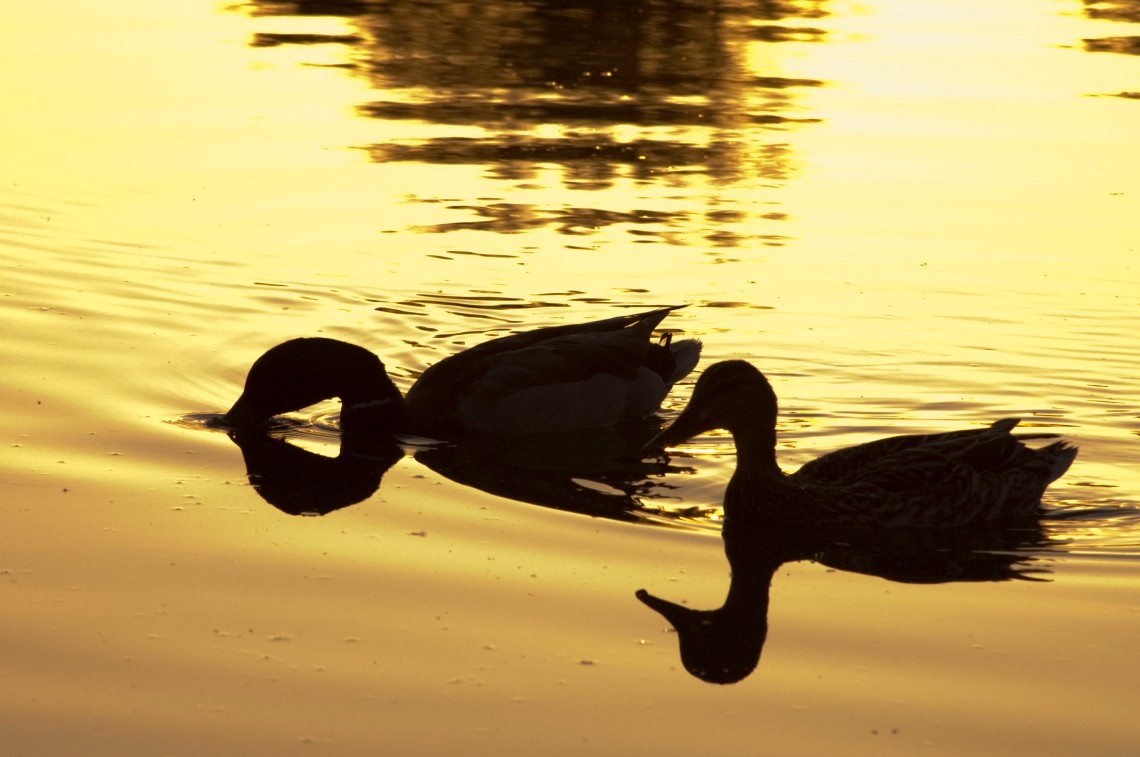
“DSC_0021” by hey_aventur is licensed under CC BY-ND 2.0
If I were teaching a biology lesson about duck habitat, for example, I would be free to use these images, un-adapted, as a set of reference images for the class.
To sum up: though restricting yourself to Creative Commons-licensed material with very broad, open licenses gives you much more flexibility in terms of the licence you apply to your adaptations, and provides more possibility for the “revise” and “remix” aspects of David Wiley’s 5Rs, you do not need to duck away from materials released under different licences. You just need to use the charts I’ve shown you in this post to ensure that your use does not violate the terms of the licences other creators have applied.
The material in this blog post is a derivative of content in module 4 of the Creative Commons Certificate Resources, by Creative Commons, which is available under a Creative Commons Attribution 4.0 License. Note that this blog entry collects many materials that have been released under other other licenses, and those have been noted where they appear. Original content in this article by Kris Joseph is available under Creative Commons Attribution 4.0.

